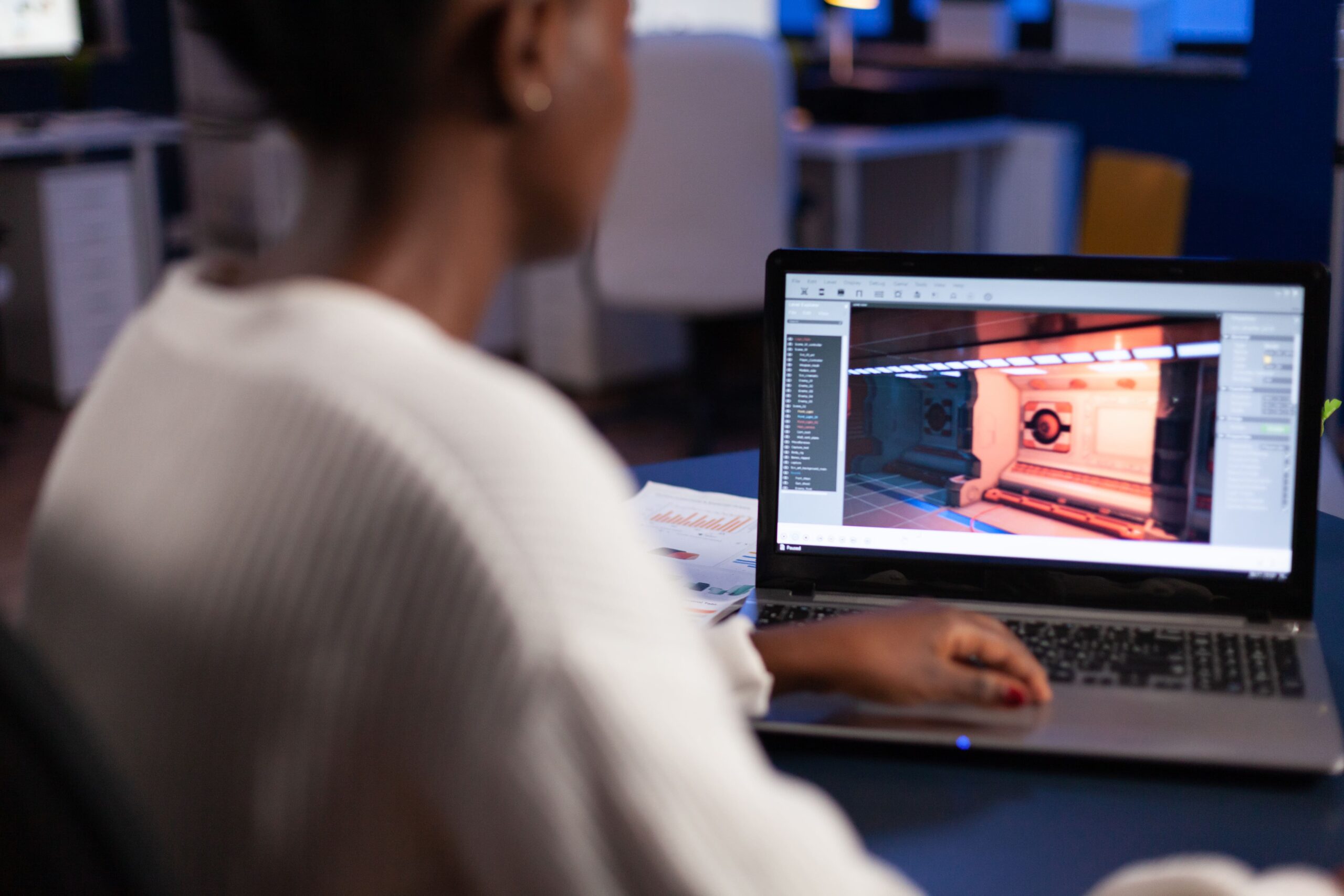In the fast-paced world of advertising, capturing the attention of your target audience is crucial. With so many messages bombarding consumers every day, it’s essential to create visually compelling and engaging campaigns that stand out from the crowd. This is where advertising styling comes into play.
By strategically selecting and arranging elements such as props, clothing, and backgrounds, advertising stylists have the power to create a mood, tell a story, and ultimately persuade consumers to take action. In this article, we will delve into the art of advertising styling, exploring the key principles, techniques, and tips to help you create captivating campaigns that leave a lasting impression.
1. Understanding the Role of Advertising Styling
Advertising styling goes beyond simply choosing attractive clothing or props. It involves a deep understanding of the brand, target audience, and the message the campaign aims to convey. Before diving into the creative process, it’s essential to research and analyze the brand’s identity, values, and target market. This foundation will guide your styling decisions and ensure that every element aligns with the brand’s overall vision and message.
2. Developing a Concept and Mood
Every successful advertising campaign starts with a strong concept and mood. These elements set the tone for the entire project and dictate the styling choices you make. Whether it’s a high-fashion editorial or a lifestyle shoot, the concept should be well-defined and resonate with the target audience. Consider the emotions, aspirations, and desires you want to evoke in viewers and translate them into a visual language through styling.
3. Selecting the Right Props and Clothing
Props and clothing play a significant role in advertising styling, as they directly contribute to the overall aesthetic and message of the campaign. When selecting props, consider their relevance to the concept, brand, and target audience. Props should enhance the story you’re trying to tell and create a cohesive visual narrative. Similarly, clothing choices should reflect the brand’s identity and appeal to the target market’s fashion preferences. Collaborating with fashion designers and brands can provide access to unique garments that align with your vision.
4. Paying Attention to Color and Composition
Color and composition are powerful tools in advertising styling. They can evoke specific emotions, create visual interest, and guide the viewer’s attention. When choosing colors, consider the brand’s color palette and the mood you want to convey. Complementary colors can create a harmonious and visually pleasing composition, while contrasting colors can add drama and impact. Additionally, pay attention to the composition of your images, ensuring that the placement of props, models, and other elements creates a balanced and visually appealing frame.
5. Creating a Cohesive Visual Language
Consistency is key in advertising styling. To create a cohesive visual language, ensure that all elements in your campaign work harmoniously together. This includes considering the overall aesthetic, the brand’s identity, and the target audience’s preferences. All props, clothing, colors, and compositions should align with the brand’s message and create a unified and visually captivating experience for the viewer.
6. Collaborating with a Team
Successful advertising styling often involves collaboration with a team of professionals. This can include photographers, art directors, makeup artists, and hair stylists, among others. Working together ensures that everyone is aligned with the concept and vision, and that each element of the campaign is executed seamlessly. Clear communication and open-mindedness are essential when collaborating, as they allow for the exchange of ideas and the creation of a truly remarkable campaign.
7. Staying Updated with Industry Trends
The world of advertising styling is constantly evolving, with new trends and techniques emerging regularly. To stay ahead of the game, it’s crucial to stay updated with industry trends and innovations. This can involve attending industry events, following influential stylists and brands on social media, and continuously expanding your knowledge through workshops and courses. Online platforms like Yellowbrick offer fashion styling courses that can provide valuable insights and practical skills to enhance your advertising styling expertise.
Key Takeaways:
- Advertising styling involves strategically selecting and arranging elements to create a mood and tell a story in campaigns.
- Understand the brand, target audience, and message to guide your styling decisions.
- Develop a strong concept and mood that resonates with the target audience.
- Select props and clothing that enhance the story and reflect the brand’s identity.
- Pay attention to color and composition to evoke emotions and create visual interest.
- Create a cohesive visual language that aligns all elements with the brand’s message.
- Collaborate with a team of professionals for a seamless execution.
- Stay updated with industry trends and expand your knowledge through workshops and courses.
If you’re looking to enhance your advertising styling expertise, consider taking the FIT Fashion Styling Foundations online course and certificate program offered by Yellowbrick. This comprehensive program will provide valuable insights and practical skills to help you master the art of advertising styling and create campaigns that leave a lasting impression. Unleash your creativity and make waves in the advertising industry with the knowledge and expertise gained from this course.




